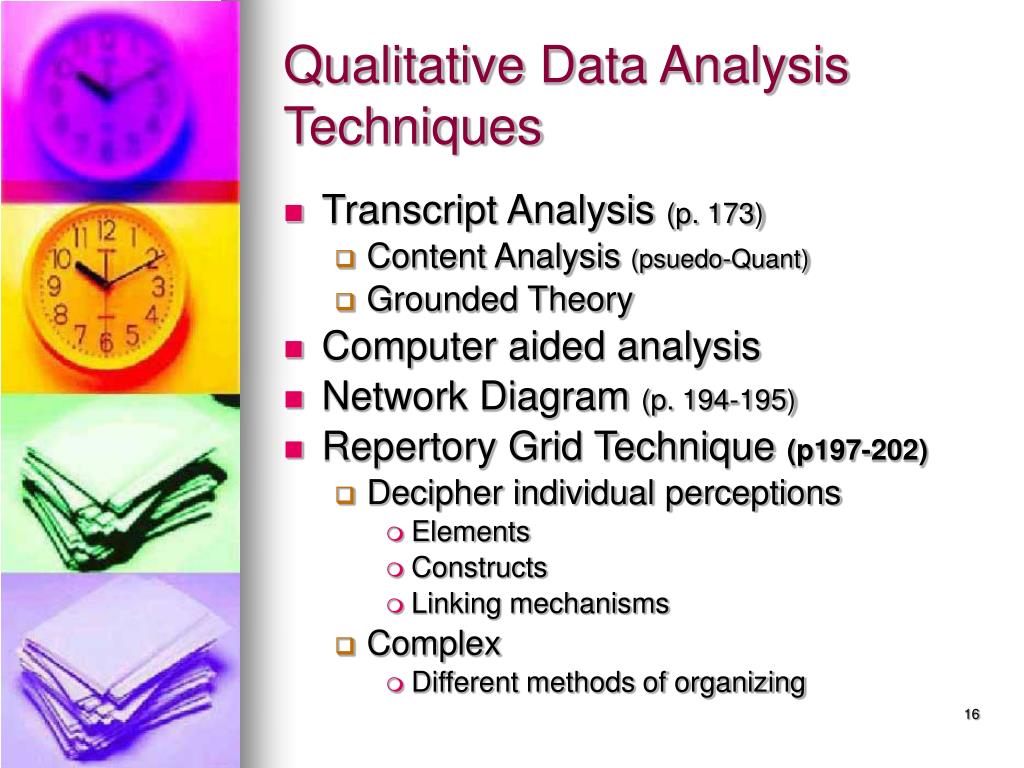


We are linking together with the sister journal Trials for this Special Issue as there is a similar interest in what qualitative approaches can and should contribute to primary research using experimentally controlled trials (see Trials Special Issue editorial by Claire Snowdon).ĭeveloping the range of methods to address different questions for review creates a challenge in describing and understanding such methods. This Special Issue of Systematic Reviews Journal is providing a focus for these new methods of review whether these use qualitative review methods on their own or mixed together with more quantitative approaches. In primary research, qualitative strategies are advised prior to undertaking experimental trials and similar approaches are being advocated to address complexity in reviews, in order to ask questions and use methods that address theories and processes that enable an understanding of both impact and context. There is now more concern to develop theory and to test how variables combine and interact. Some ‘what works’ reviews can be open to criticism for only testing a ‘black box’ hypothesis of what works with little theorizing or any logic model about why any such hypothesis should be true and the mechanisms involved in such processes. However, others like me believe that explicit methods should be used to enable transparency of perspectives driving research and to open up access to and participation in research agendas and priority setting as illustrated, for example, by the James Lind Alliance (see ).Ī fourth possible reason for the development of new approaches is that effectiveness reviews have themselves broadened. Initially, there were concerns that their use was being promoted by a new managerialism where reviews, particularly effectiveness reviews, were being used to promote particular ideological and theoretical assumptions and to indirectly control research agendas. A second related factor may be that more training and funding resources have become available and increased the capacity to undertake such varied review work.Ī third reason could be that some of the initial anxieties about systematic reviews have subsided. One may be that the increased awareness of systematic reviews has made people consider the possibilities for all areas of research. There are probably several reasons for this broadening of approach. Systematic reviews addressing other sorts of questions have been around for many years, as in, for example, meta ethnography and other forms of conceptual synthesis, but only recently has there been a major increase in the use of systematic review approaches to answer other sorts of research questions. Despite the universality of this logic, systematic reviews (maps and syntheses) are much better known in health research and for answering questions of the effectiveness of interventions (what works). We should not really need to use the term ‘systematic’ as it should be assumed that researchers are using and reporting systematic methods in all of their research, whether primary or secondary.

We use transparent rigorous approaches to undertake primary research, and so we should do the same in bringing together studies to describe what has been studied (a research map) or to integrate the findings of the different studies to answer a research question (a research synthesis). The logic of systematic reviews is very simple.


 0 kommentar(er)
0 kommentar(er)
